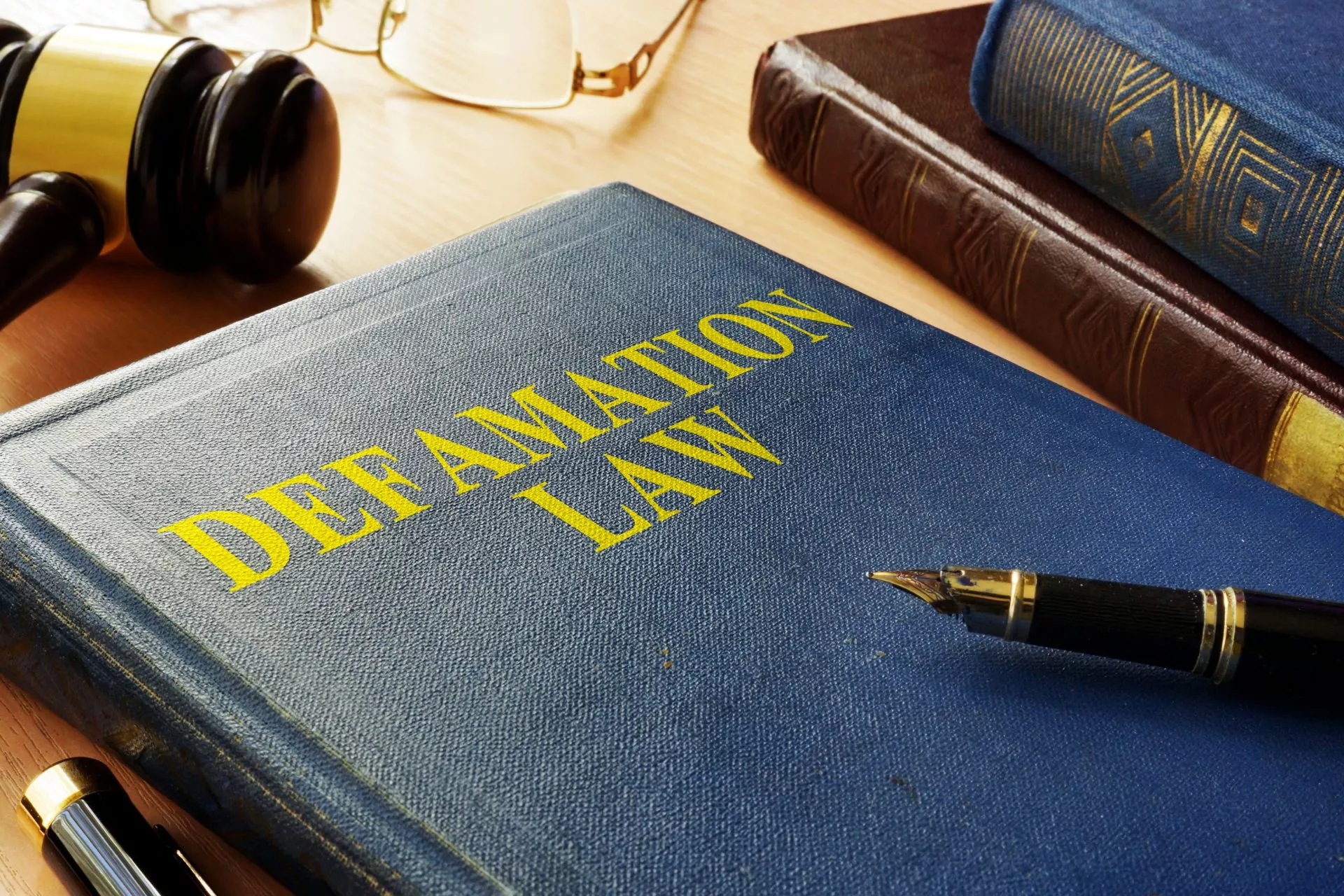For parents facing the complex issue of cross-border relocation with their offspring, knowledge of applicable legal principles is paramount. In 2025, it’s advisable to consult legal experts familiar with the intricacies of inter-country agreements to safeguard parental rights and ensure the welfare of the young ones involved.
Proactively seek legal counsel as soon as a potential relocation arises. Authorities in the home state may have specific laws regarding custody and relocation, and these can vary significantly across jurisdictions. Familiarize yourself with the regulations that protect against wrongful removal of minors, as these frameworks exist to prioritize the child’s best interests.
Prior to any move, document all agreements and decisions relating to custody comprehensively. A clear record can mitigate disputes and facilitate smoother negotiations with authorities in the new location. Engaging a mediator or legal representative can help in reaching amicable resolutions with the other parent, preventing misunderstandings that could lead to legal repercussions.
Finally, educate yourself about the resources available in both the home country and the destination. Each jurisdiction may provide assistance services, counseling, and other support mechanisms that can be valuable for managing the transition. By taking a proactive and informed approach, you can contribute positively to your family’s stability in a transnational context.
Understanding the Basics of the Hague Convention
This agreement aims to ensure prompt return of minors wrongfully removed from their habitual residence. The legal framework facilitates cooperation between countries to protect the rights of children involved in custody disputes. In 2025, 101 nations are participating, demonstrating its global influence on child protection matters.
Key Provisions
| Provision | Description |
|---|---|
| Central Authorities | Each signatory appoints a central authority to handle applications and facilitate communication between countries. |
| Return Process | Applications for return must be lodged within one year of the wrongful removal to enhance the likelihood of successful outcomes. |
| Exceptions | If the child has settled in the new environment or does not wish to return, exceptions may apply. |
Practical Steps for Parents
If faced with a situation involving wrongful removal, promptly contact your local central authority for guidance. Gather evidence of the child’s habitual residence and document any agreements related to custody or access rights. Engage with legal professionals familiar with transnational child law to navigate the complexities effectively.
Criteria for Outlining International Child Abduction
Identify the habitual residence of the minor. This is fundamental in determining jurisdiction and applicable legal frameworks.
Evaluate the timing of the wrongful removal or retention. Instances occurring within one year from the date of unlawful separation are typically addressed more swiftly.
Assess the consent of the non-custodial parent. Document any agreements or communications that may indicate approval of relocation or travel.
Consider the existence of custody orders. Verify if there are any existing legal decisions that govern the child’s living arrangements.
Document the intent behind the removal. Analyze communications, motives, and support networks of the parent taking the child.
Investigate the potential for harm. Factors such as domestic violence, neglect, or risk to the child’s well-being should be carefully reviewed.
Gather evidence of the child’s previous connections. This includes schools, healthcare providers, and family ties in the country of origin.
Monitor the legal status of the child in the new country. Understanding the local laws regarding custody and residency can influence outcome possibilities.
Consult with legal professionals specializing in this field. Engaging experts can help navigate the complexities that arise in these situations.
Maintain thorough documentation throughout the process. Comprehensive records will support claims and enhance the chances of a favorable resolution.
Steps for Parents to Take After Abduction
Immediately contact law enforcement in your area and provide them with as much information as possible about the situation, including descriptions of the child and the suspected abductor, recent photographs, and last known whereabouts.
Reach out to local embassies or consulates if the child has been taken across borders. They can assist with legal processes, provide resources, and help in communication with foreign officials.
Document everything, including dates, times, conversations, and any efforts made to locate your child. This creates a detailed record that may be useful for legal proceedings.
Engage Legal Professionals
Hire an attorney who specializes in custody and parental rights. They will understand the specific laws and regulations governing the situation and can guide you through the legal process efficiently.
Utilize Resources
Contact organizations that specialize in recovery efforts. These groups can provide additional support, resources, and information on best practices for locating abducted children.
Keep communication open with family and friends for support. They can assist emotionally and through practical means, such as sharing information and helping with search efforts.
Legal Processes Involved in Hague Convention Applications
Initiate the process by filing an application with the Central Authority in the country where the child is currently located. The application must include specific information about both the child and the petitioner, along with proof of the child’s habitual residence before the wrongful removal or retention.
Submission and Assessment
Upon receipt, the Central Authority evaluates the submission for completeness and adherence to regulatory standards. If further information is required, timely communication is essential to avoid delays. Provide all necessary documentation, including custody orders or agreements, to substantiate your claim.
Judicial Review
After evaluation, the case proceeds to judicial scrutiny. A court will assess the merits of the application, considering factors such as the child’s best interests and existing custody rights. Be prepared to present evidence and may be called for a hearing to advocate your stance. The legal framework aims to return the child swiftly, prioritizing their return over extended litigation.
If the court rules in favor of the application, it issues an order for the child’s return. However, if the application is denied, understanding the grounds for denial is crucial for any potential appeals or alternative actions. Ensuring compliance with all legal protocols throughout the procedure is paramount for a successful outcome in 2025.
Role of Central Authorities in Abduction Cases
Central Authorities act as key facilitators in disputes regarding the return of minors who have been wrongfully relocated. Their primary responsibility is to provide assistance to individuals seeking the return of children and to initiate communication with the corresponding entities in the country of habitual residence.
Functions of Central Authorities
In 2025, the following roles are critical for Central Authorities:
- Information Exchange: They must coordinate with their counterparts in different jurisdictions to share necessary details regarding cases.
- Guidance Provision: Central Authorities should offer legal advice to parents and guardians about their rights and procedures available for addressing wrongful removal.
- Assistance in Legal Proceedings: They play a central role in connecting affected individuals with legal professionals who specialize in family law.
- Facilitation of Return Proceedings: Central Authorities can initiate and expedite the return of a minor through legal channels.
Collaboration with Other Entities
Effective collaboration is crucial. Central Authorities need to engage with local law enforcement, social services, and judiciary to ensure children’s best interests are upheld. They should also liaise with embassies or consulates to support parents in distress.
Regular training for staff on the complexities of custody issues and cultural sensitivities can enhance a Central Authority’s responsiveness. Knowledge of legal frameworks and emotional impacts on children and families is beneficial for all involved in the process.
Challenges Faced in Enforcement of Hague Convention Decisions
Ensuring compliance with judicial rulings regarding cross-border parental disputes remains complex. A significant obstacle arises from differing national laws and legal interpretations, which can create conflicting legal frameworks. Countries may have varied definitions of custody and guardianship, leading to inconsistencies in enforcing decisions.
Judicial Cooperation and Resources
Inadequate collaboration between judicial systems hampers effective enforcement. Many nations lack the necessary resources to facilitate smooth coordination, which can lead to misunderstandings or significant delays. The lack of trained personnel in family law further complicates the process, causing vital information to be lost or miscommunicated.
Cultural and Social Factors
Additionally, cultural perceptions regarding parental rights may influence enforcement actions. Some regions prioritize familial ties over legal stipulations, impacting the willingness of local authorities to act on international rulings. Public sentiment can also affect how decisions are implemented, leading to resistance or non-compliance in certain cases. Continuous engagement with local communities and awareness campaigns can help address these cultural nuances.
Q&A: Hague Convention cases: international child abduction
What is the Hague Convention’s purpose in the civil aspects of cross-border cases, and how do the civil aspects of international child relate to the prompt return of children?
The hague convention on the civil aims to implement the convention on the civil aspects of cross-border removals and is often called the abduction convention, adopted under the hague conference on private international and the conference on private international law; its objectives of the convention focus on the prompt return of children and on protecting rights of custody without deciding merits of child custody.
How do courts determine whether the convention requires the return of the child when a petition to return the child is filed?
Courts first determine whether a child was habitually resident immediately before removal, identify the country in which the child was living, and then assess custody rights under the law to decide if a return a child order is warranted; in cases under the hague the judge must determine whether a child was wrongfully removed and, if so, order the return of a child to the habitual residence of the child.
What do “right of custody” and “access to a child” mean under the scope of the convention, and what relief does the convention provide?
A right of custody includes decision-making authority and where the child lives, while access to a child covers visitation and contact; the convention provides swift remedies to restore the status quo, but the convention does not guarantee that a child will be returned in every case because defenses might apply even when custody rights under the law were breached.
What defenses can lead a court to refuse to return a child, and how are the views of the child weighed?
A court may refuse to return a child if return would expose the child to physical or psychological harm or otherwise place the child in an intolerable situation, or if a child objects to being returned and the court finds the child is mature; judges weigh evidence that the child has become settled and consider whether the child’s objections are independent and reflect the best interests of the child.
What makes a removal “wrongful,” and how do international parental child abduction principles apply when a child has been wrongfully removed?
A removal is wrongful when a child has been abducted in breach of a right of custody that arises by operation of law in the state of habitual residence and the taking parent removed or retained the child across international borders; international parental and international parental child abduction rules seek the return of the child unless a narrow exception proves the child should not be returned.
How are hague proceeding steps organized in convention country courts, and what instruments describe procedures?
A hague proceeding under the hague abduction convention (also known as the hague convention on child abduction, the hague convention on international child, or the hague international child abduction convention) follows local procedure in a convention country; the scope of the convention requires rapid hearings, and the convention on international child abduction directs liaison through central authorities to speed the return of an abducted child.
How does domestic law like the international child abduction remedies act interact with the treaty, and why can law of one contracting state matter?
The international child abduction remedies act supplies jurisdiction, standing, and speedy procedures in U.S. courts and gives legal effect under the law to the treaty, ensuring the convention must be enforced consistently; because the law of one contracting state defines custody arising by operation of law, judges look to that law to determine whether a child was wrongfully removed.
What evidence helps in international child abduction cases to show the child is being held abroad, and how do judges assess risk?
Useful proofs include travel records showing a child is taken across borders, communications showing the child is being held, and affidavits about the child and the child’s schooling and medical care; courts ask whether the child would face harm to the child if returned, whether the child would not be permitted to travel safely, and whether the return of the child would breach protective orders.
How does the child abduction convention address custody and access disputes, and what does it say about merits of child custody?
The child abduction convention is a child abduction is a treaty remedy for swift return and access under the law, not a forum to award long-term child custody; the convention provides that merits stay for the law of the country of habitual residence to decide, and cases under the hague focus on whether the child should be returned quickly rather than who should have custody.
What should a parent do whose child has been abducted to a convention country, and what outcomes are possible?
A parent whose child has been abducted should file a petition to return the child with the central authority and the court to ask for the return of your child, explaining why the child should be returned under the objectives of the convention; while the convention does not guarantee success in every case, many courts order return with the child when requirements are met, and in some situations judges may refuse to return a child if a listed defense is proven.



